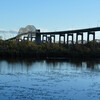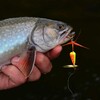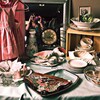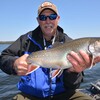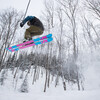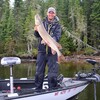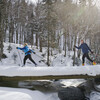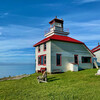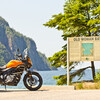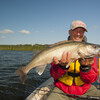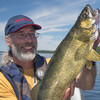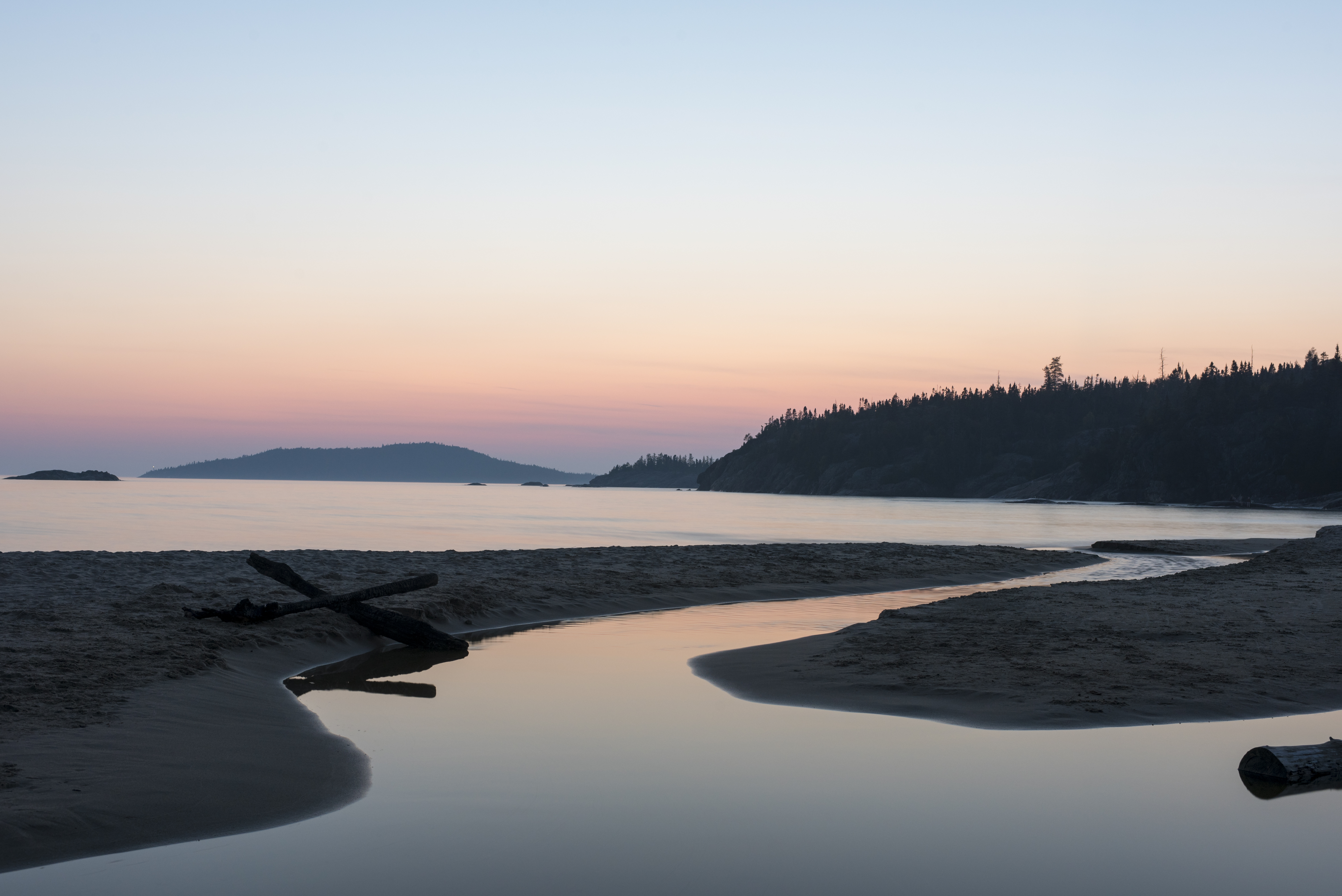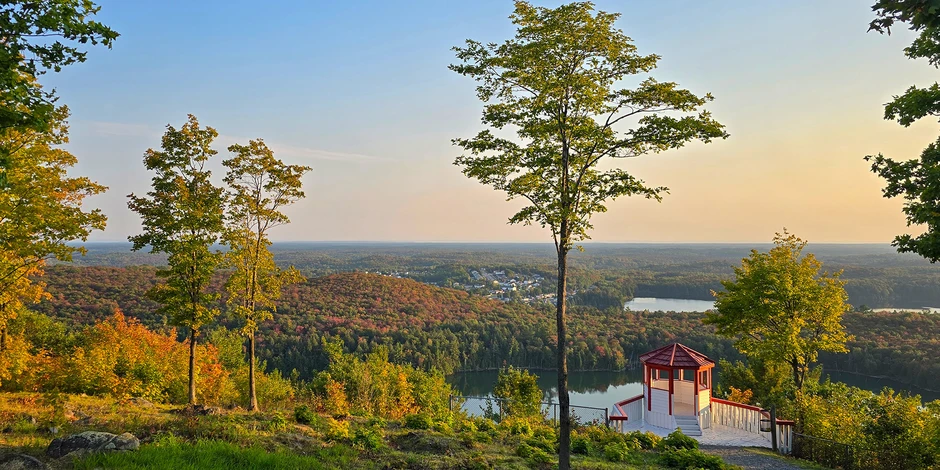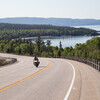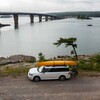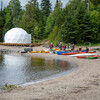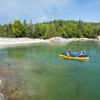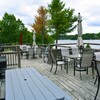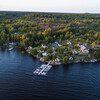
Jackfish: Piecing Together the Past
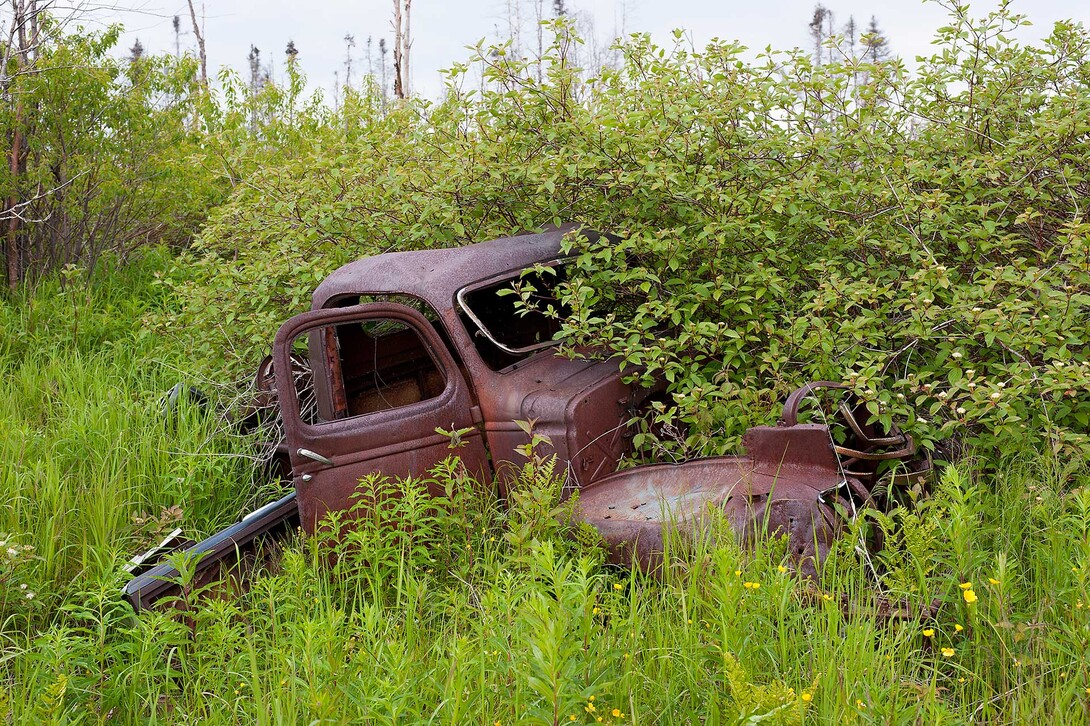
“I remember a lot more buildings,” I say to my paddling partners, Jen and Otto, as we walk along roads and trails at the old town site of Jackfish. It’s 2015, and we’re on a sea kayaking trip, visiting some of the places along the Lake Superior coastline painted by Canada’s Group of Seven. Now famous for pioneering a unique style of Canadian art, members of the group first visited Superior’s North Shore in the 1920s.
When A.Y. Jackson, Franklin Carmichael and Lawren Harris were here, it was a bustling and picturesque fishing and railway community. Today, it’s a ghost town, and we are staying in the midst of it in our friend, Darrell Makin’s, cabin. Although time has passed since I’ve been here, I’m perplexed at how different everything looks.
I first visited Jackfish in 2006, researching my Backroads Column for Ontario Out of Doors Magazine. I learned that the first European settlers in the area were three families fishing Superior's lonely coast for lake trout and whitefish in the 1870s. Jackfish would change abruptly in the 1880s when the Canadian Pacific Railway (CPR) arrived and established a settler community that would flourish for more than 60 years.
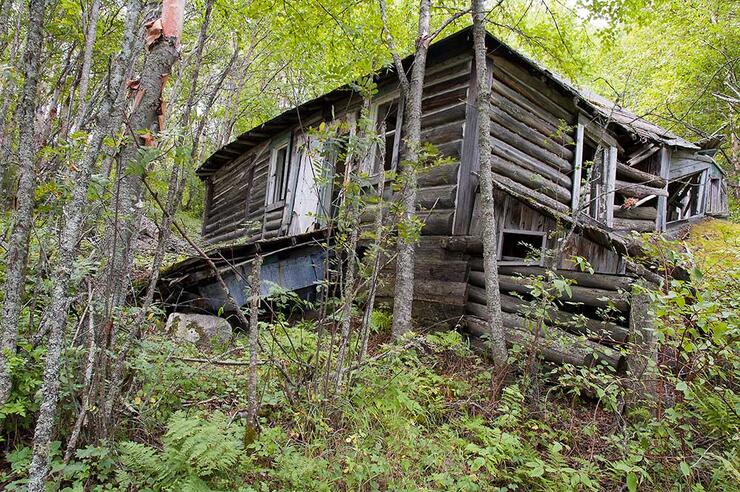
(Photo credit: James Smedley Outdoors)
At one time, more than 300 men worked two cranes around the clock, loading coal cars bound for points along the CPR line. The town's fate was sealed in the 1940s when the CPR began switching from coal-fired steam engines to diesel. The last coal steamer left the dock in 1948, and by the mid-1960s, the effect of lamprey eel on the fishery meant nets were hung up for good.

(Photo credit: James Smedley Outdoors)
On that initial visit, there was abundant evidence of a town that once had a general store, two churches, a school and about 30 homes. I took a lot of photographs of a wide variety of buildings in various stages of deterioration. But on this 2015 visit, they are nowhere to be seen.
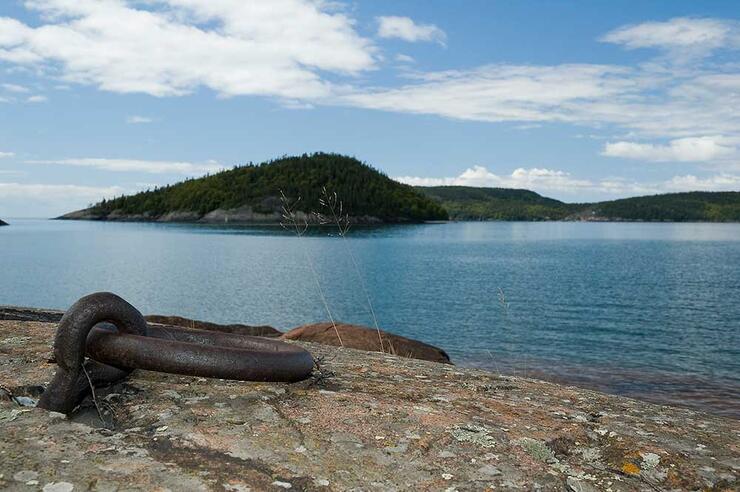
(Photo credit: James Smedley Outdoors)
Group of Seven Connection
Although the ruins of the town are nothing like I remember, it is still a magical nook along the edge of Lake Superior. I photograph Otto sketching the gentle slopes of St. Patrick’s Island, as painted by Lawren Harris in the 1920s. We hike amongst old weathered stone chimneys and foundations to where A.Y. Jackson would have sat to paint the pretty coastal townsite. It’s interesting to note that today it is a much quieter place than it was a hundred years ago when members of the Group of Seven were here. Our kayak trip continues past other coastal areas where iconic paintings were produced of Pic Island and another once-busy fishing community at Port Coldwell.
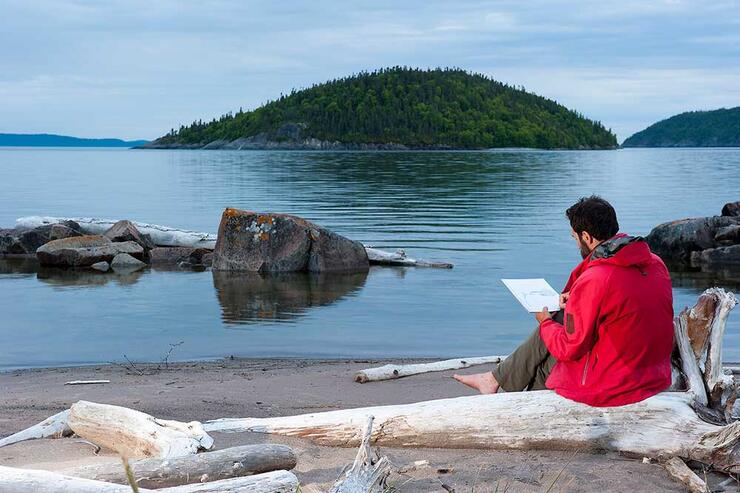
(Photo credit: James Smedley Outdoors)
The 2015 kayak adventure is an eye-opening experience, exposing the raw beauty of Lake Superior and its role in helping to create a style of Canadian art true to the rugged and unvarnished landscape of the coast. But my trip to Jackfish leaves me with a nagging suspicion that I am missing something. More than once, I wonder aloud what happened to the buildings, and my paddling comrades are not quite sure what to think. After all, there are plenty of artifacts pointing to an active pas,t including an old bicycle frame resting on the bluff above the beach and a rusted sun-baked carcass of an old truck resting comfortably among scrubby trees near Darrell’s cabin.
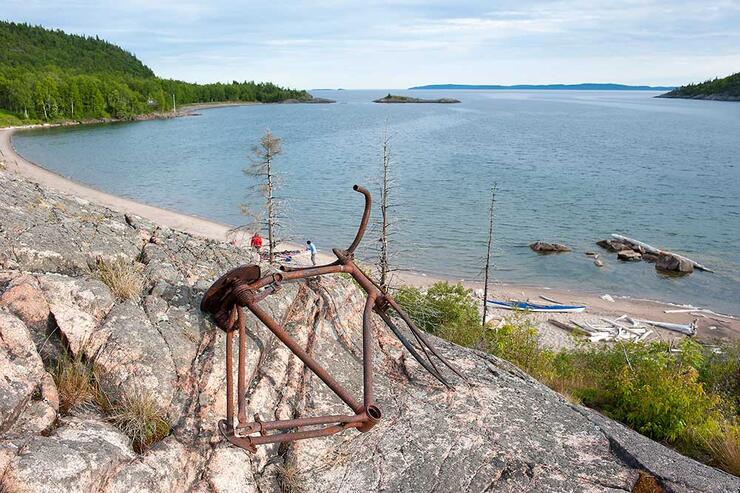
(Photo credit: James Smedley Outdoors)
Brought up to Speed by an Old Truck
Fast forward to 2021, when I review my photographs from the 2006 trip to Jackfish; I look with amazement at the wide variety of log and frame structures that were spread across the townsite. The most intriguing photograph is of an old sun-baked truck, which I recognize from photographs of our 2015 visit. The main difference between the 2006 and 2015 images is that the earlier image has an immense weathered multistory wooden building in the immediate background. In 2015, it’s gone. The side-by-side comparison confirms it’s the same truck.

(Photo credit: James Smedley Outdoors)
I remember the truck was close to the small cabin we stayed in. I contacted owner Darrell Makin and the pieces began to fall into place. He tells me the large building close to the old truck was the home of a commercial fisherman, Peter Dahl. Makin bought the property in 2009 and, in researching some of the histories of Jackfish, he learned Dahl befriended Carmichael, Jackson, and Harris, and shuttled them to specific locations on the lake to paint. A further connection to the Group of Seven was a sign on one of the Dahl buildings that read ‘Trout Lodge’ which Makin believes was painted by Franklin Carmichael. Unfortunately, a fire in 2010 destroyed Makin’s buildings and most of the structures in the townsite. The remains of the town are slowly sinking into the wilderness, a process that was severely hastened by the 2010 fire, but the community of Jackfish and its magnificent coastal location are immortalized in the works of Canada’s Group of Seven.
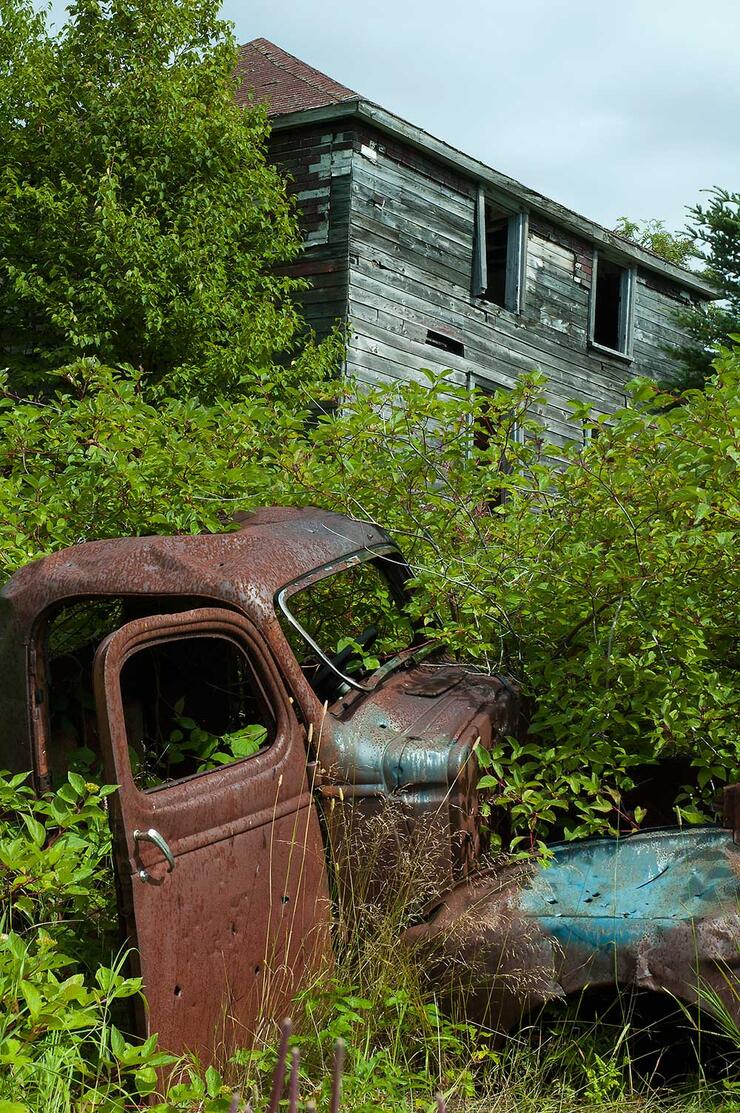
(Photo credit: James Smedley Outdoors)
Soon after the fire, Makin put up a new building on the old Dahl property. And as I have only recently pieced together, it’s very close to the old truck that helped enlighten me about the disappearance of the old buildings of Jackfish.
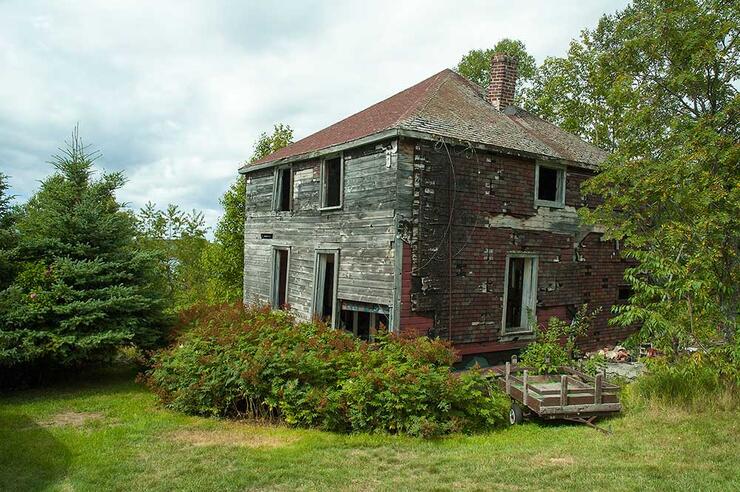
Recommended Articles

The Group of Seven in Algoma

9 Facts to Know about the Agawa Canyon Tour Train


